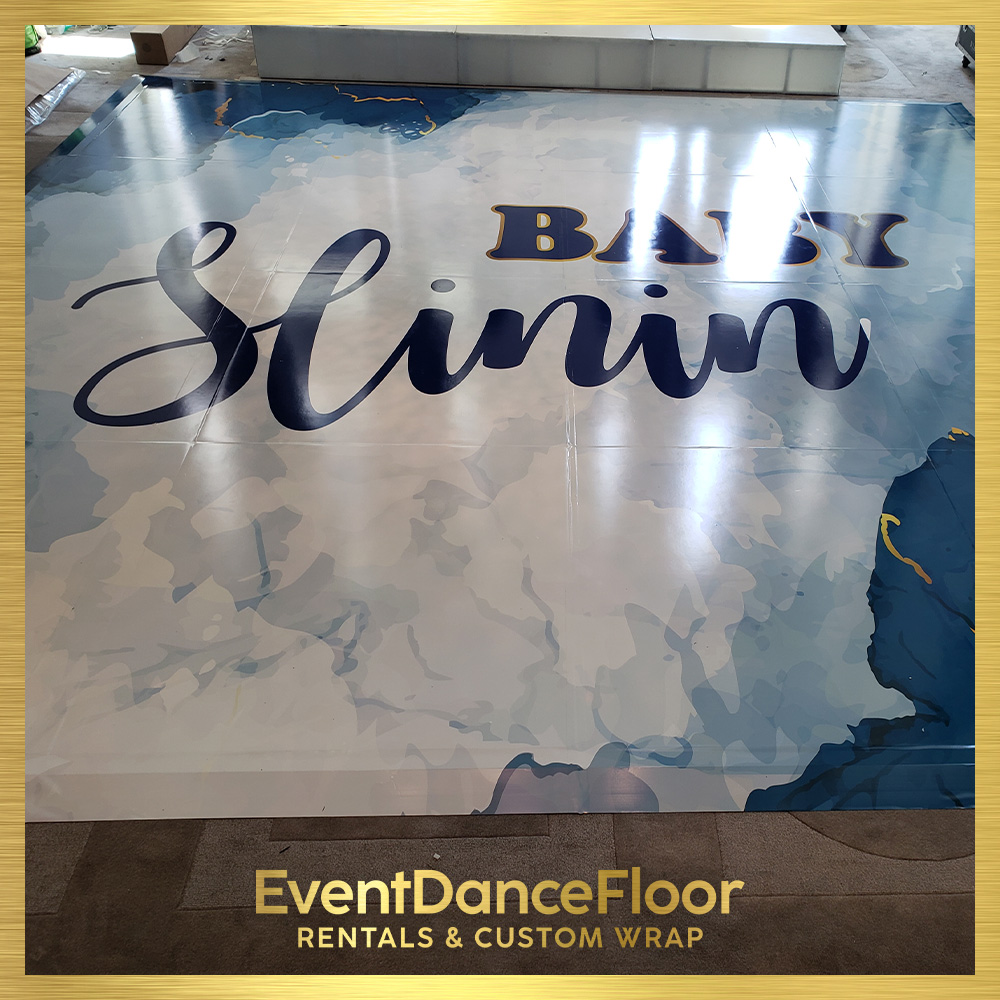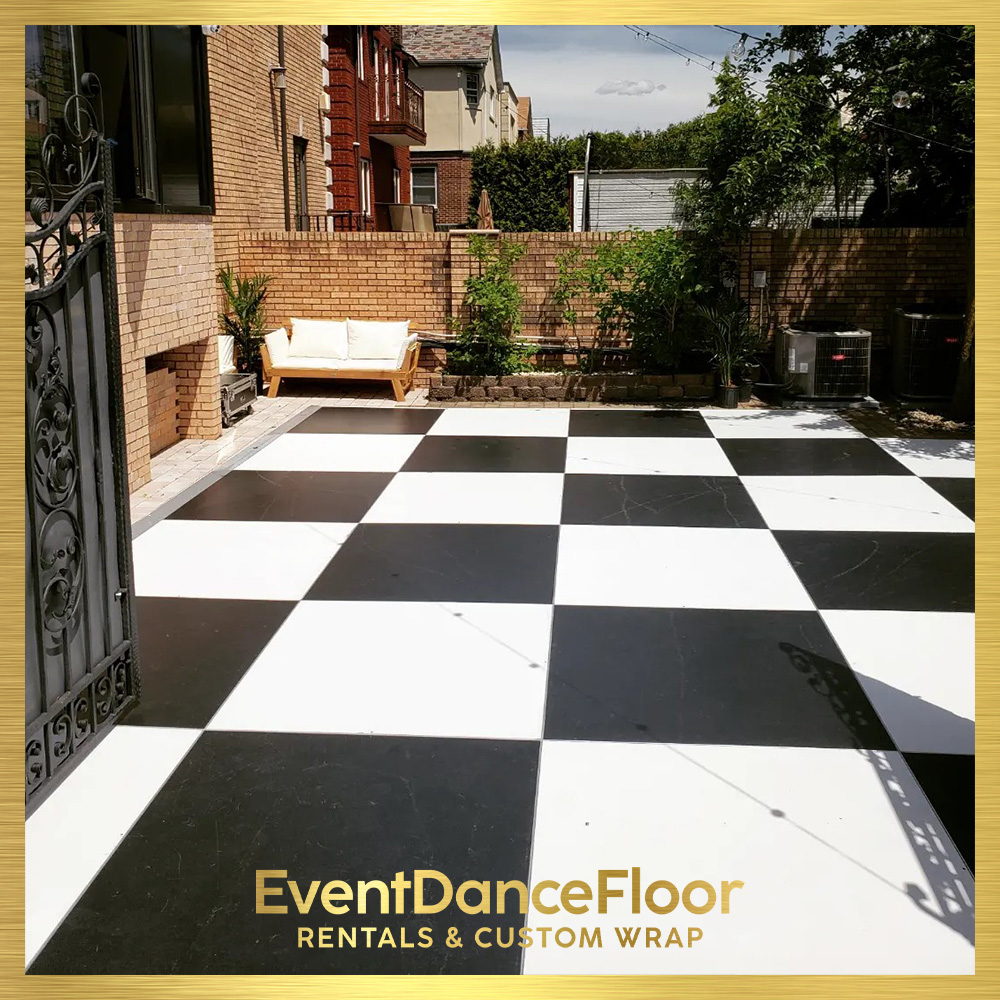Frequently Asked Questions
UV-printed vinyl overlays for high-traffic floor surfaces are highly durable, offering robust resistance to wear and tear due to their protective UV-cured coating. These overlays are engineered to withstand heavy foot traffic, making them ideal for commercial environments such as retail stores, airports, and hospitals. The UV printing process enhances the longevity of the graphics by providing superior color retention and scratch resistance, ensuring that the vibrant designs remain intact over time. Additionally, these overlays are often slip-resistant and easy to clean, contributing to their practicality in busy areas. The combination of high-quality vinyl material and advanced UV printing technology results in a product that maintains its aesthetic appeal and functional integrity even under constant use, making it a reliable choice for high-traffic applications.
UV-printed vinyl overlays in high-traffic areas require regular maintenance to ensure longevity and visual appeal. Cleaning should be performed using a mild detergent and a soft cloth to prevent abrasion, avoiding harsh chemicals that could degrade the UV ink or vinyl substrate. Periodic inspections are necessary to identify any signs of wear, such as fading, peeling, or edge lifting, which may require prompt repair or replacement. Applying a UV-protective laminate can enhance resistance to sunlight and foot traffic, reducing the risk of color fading and surface damage. Additionally, ensuring proper adhesion by checking the substrate's condition and reapplying adhesive if necessary can prevent premature detachment. Regular maintenance not only preserves the aesthetic quality of the overlays but also extends their functional lifespan in demanding environments.
Yes, UV-printed vinyl overlays can be customized for specific design needs in high-traffic environments, offering a versatile solution for businesses seeking durable and visually appealing signage. These overlays are crafted using advanced UV printing technology, which ensures vibrant colors and high-resolution graphics that withstand heavy foot traffic and environmental wear. Customization options include a wide range of design elements such as logos, branding, intricate patterns, and text, tailored to meet the unique aesthetic and functional requirements of any space. The vinyl material is engineered for durability, featuring scratch-resistant and fade-resistant properties, making it ideal for areas like retail stores, airports, and public transportation hubs. Additionally, UV-printed vinyl overlays can be produced in various sizes and shapes, allowing for seamless integration into existing architectural elements or floor plans, while maintaining compliance with safety and accessibility standards.
UV-printed vinyl overlays on high-traffic floors generally perform well in terms of slip resistance, thanks to their textured surfaces and durable coatings. These overlays often incorporate anti-slip additives and are designed to meet specific slip resistance ratings, such as the R9 to R13 classifications, which are crucial for safety in commercial and public spaces. The UV-curing process enhances the durability of the print, ensuring that the design remains vibrant and intact despite heavy foot traffic. Additionally, the vinyl material itself is engineered to withstand wear and tear, providing a stable and secure walking surface. Factors such as the coefficient of friction, surface roughness, and the presence of any additional anti-slip treatments contribute to the overall slip resistance of these overlays, making them a reliable choice for environments like retail stores, airports, and hospitals where safety and aesthetics are paramount.
The installation process for UV-printed vinyl overlays on high-traffic floor surfaces involves several meticulous steps to ensure durability and aesthetic appeal. Initially, the floor surface must be thoroughly cleaned and dried to remove any dust, debris, or moisture that could impede adhesion. A primer or adhesive promoter may be applied to enhance the bond between the vinyl and the substrate. The UV-printed vinyl overlay, which is designed to withstand heavy foot traffic and resist fading, is then carefully aligned and laid out, ensuring that any seams or edges are precisely matched to avoid tripping hazards. A squeegee or roller is used to firmly press the vinyl onto the surface, eliminating air bubbles and ensuring a smooth finish. Edges and corners are often sealed with a heat gun or edge sealer to prevent lifting and to protect against wear and tear. Finally, the installation is inspected for any imperfections, and a protective topcoat may be applied to further enhance the overlay's resistance to scratches, scuffs, and UV damage, ensuring longevity in high-traffic environments.

